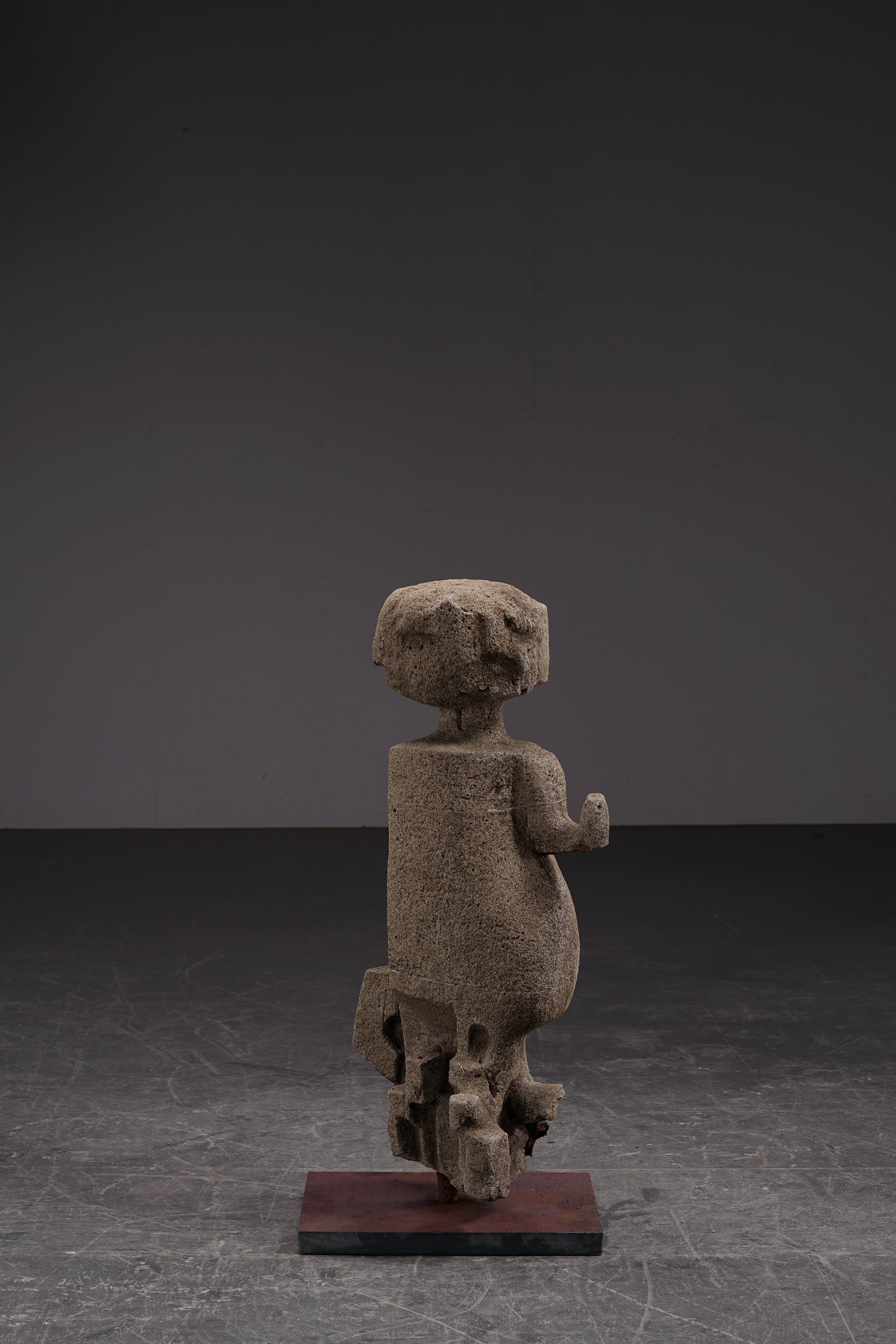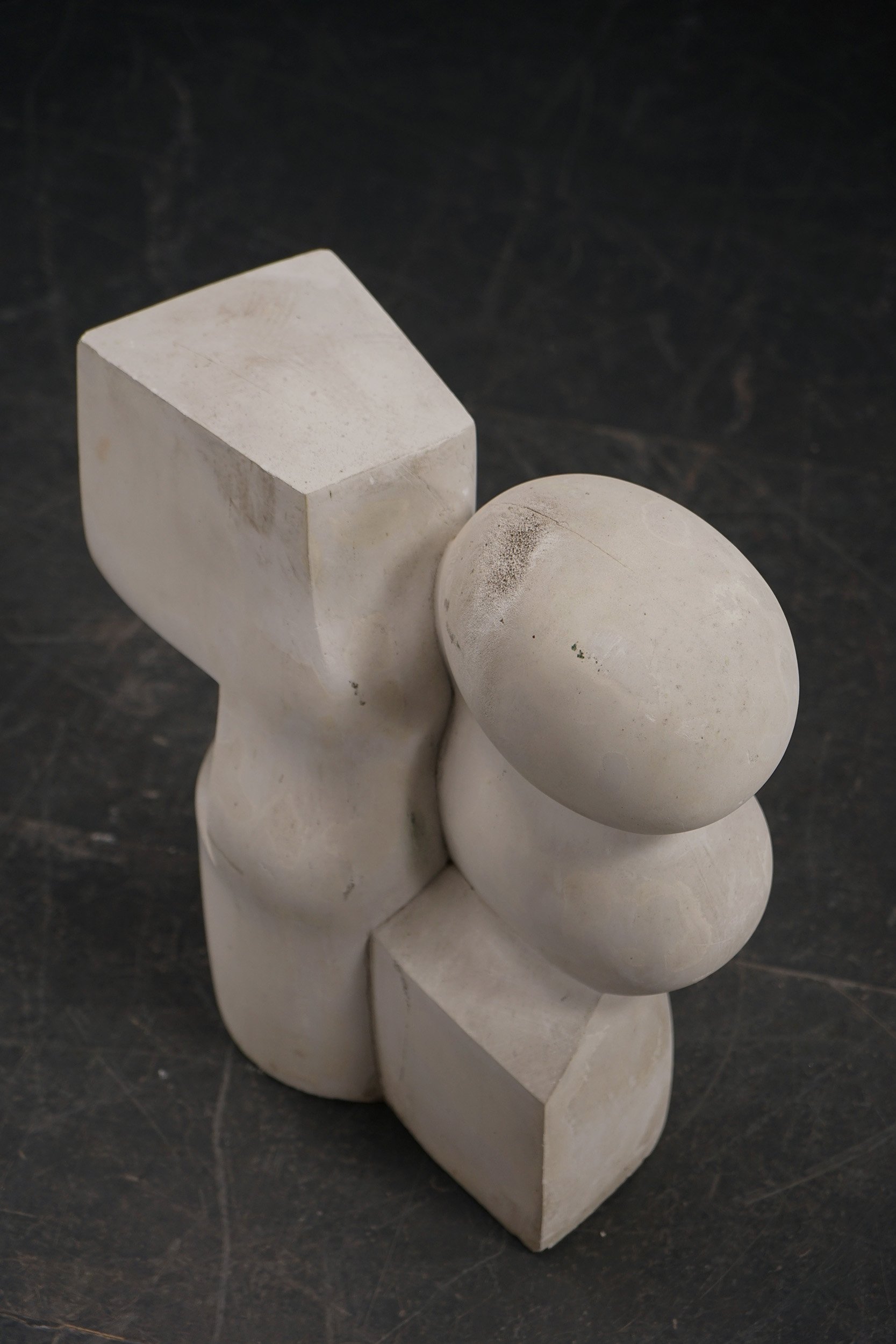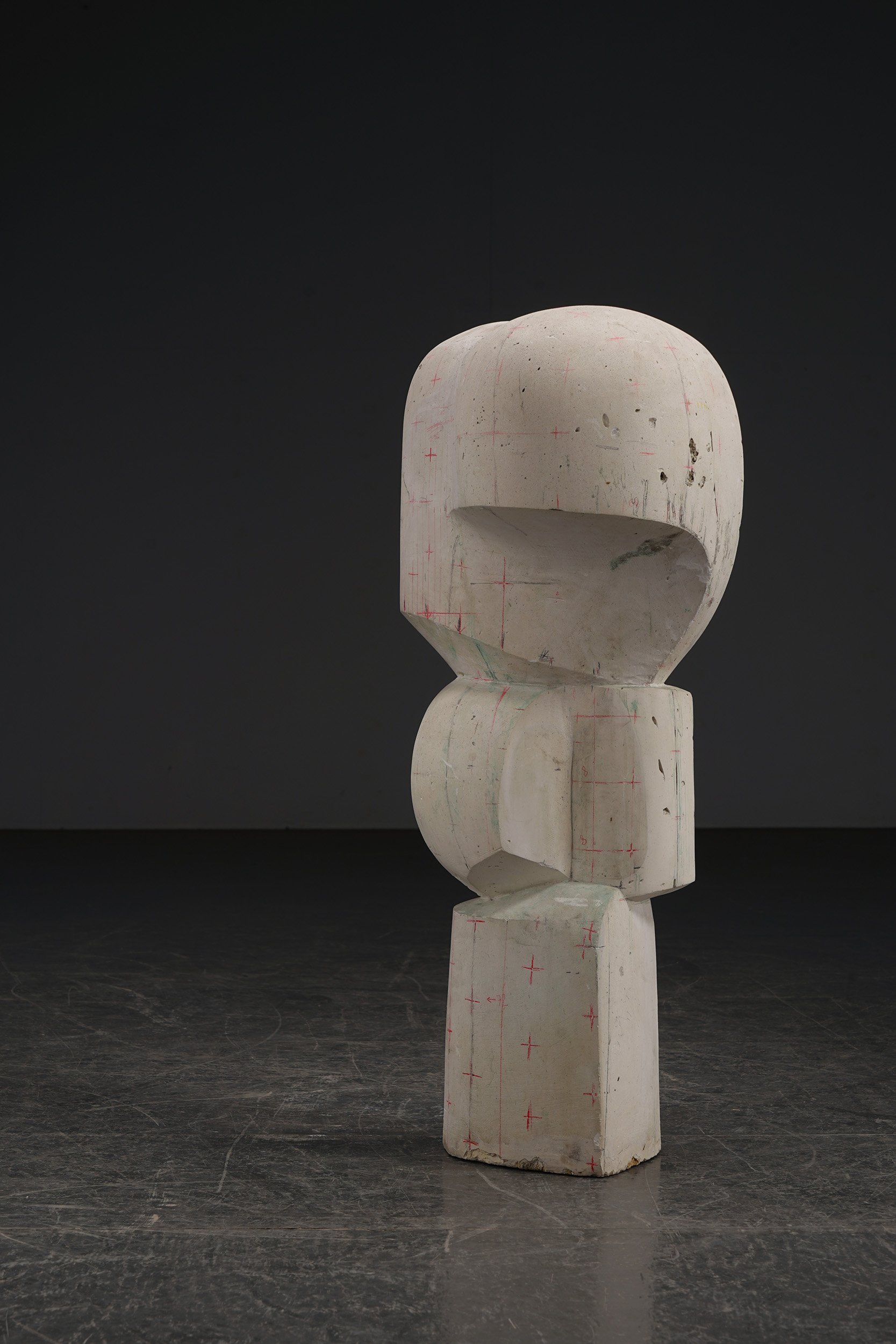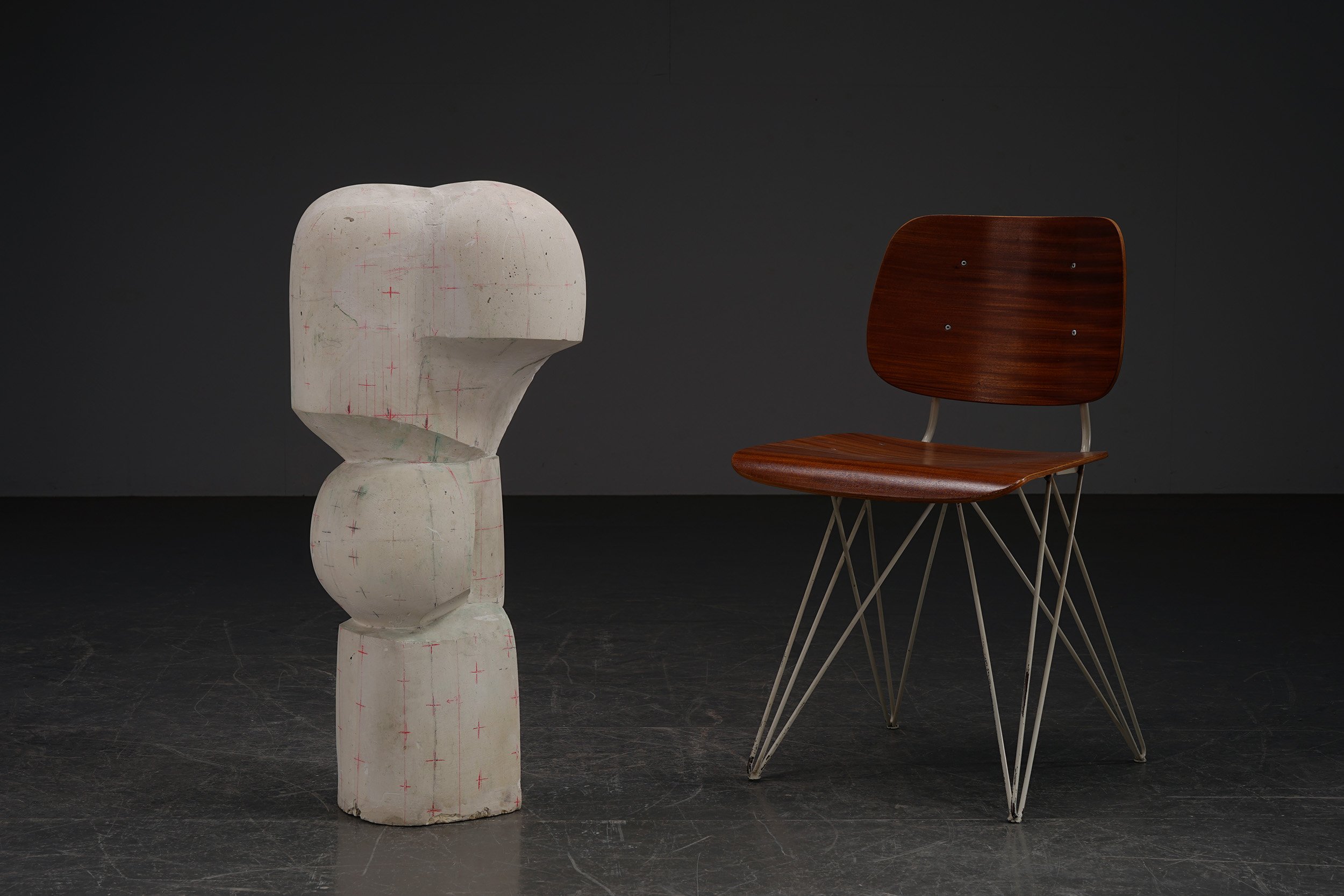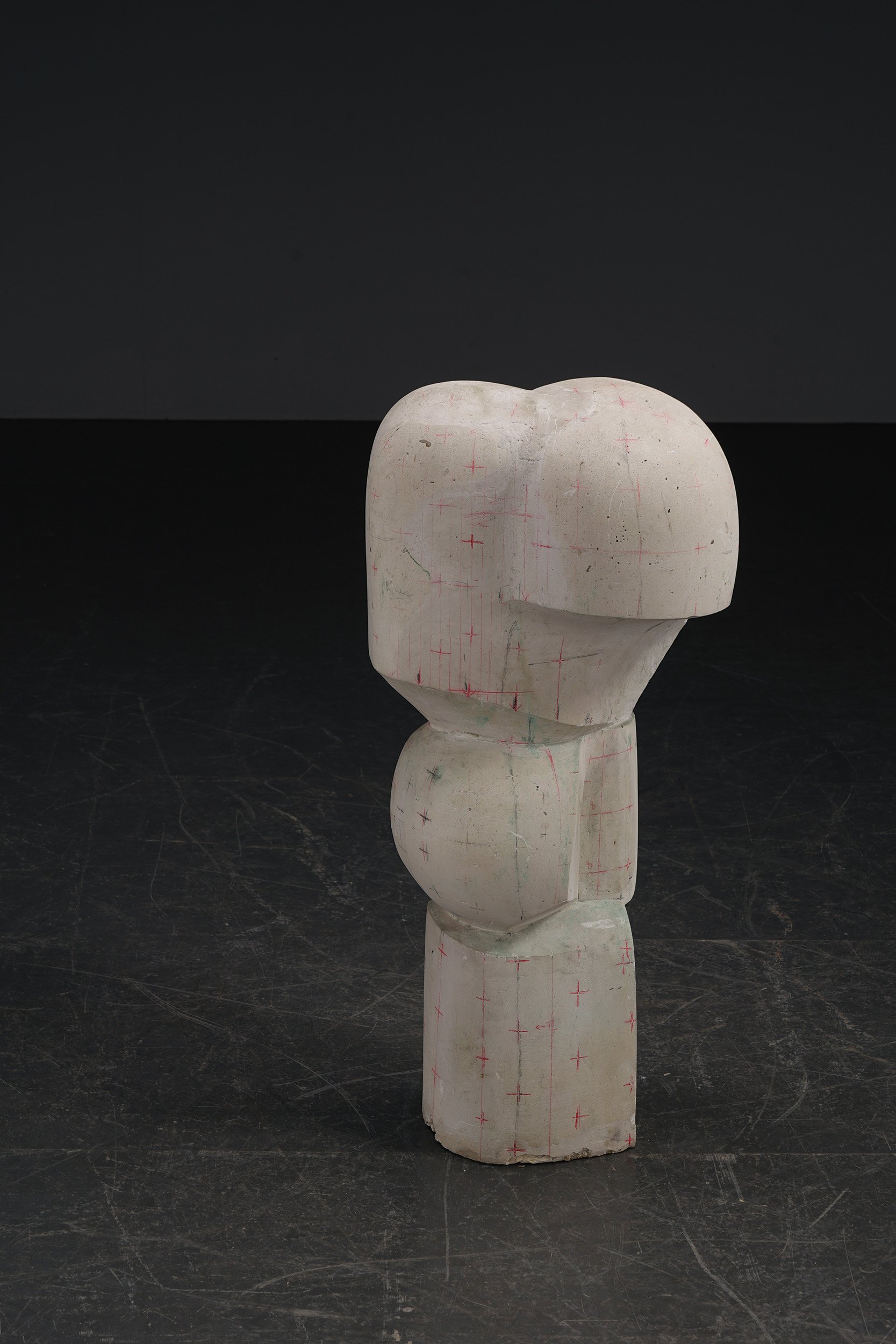 Image 1 of 13
Image 1 of 13

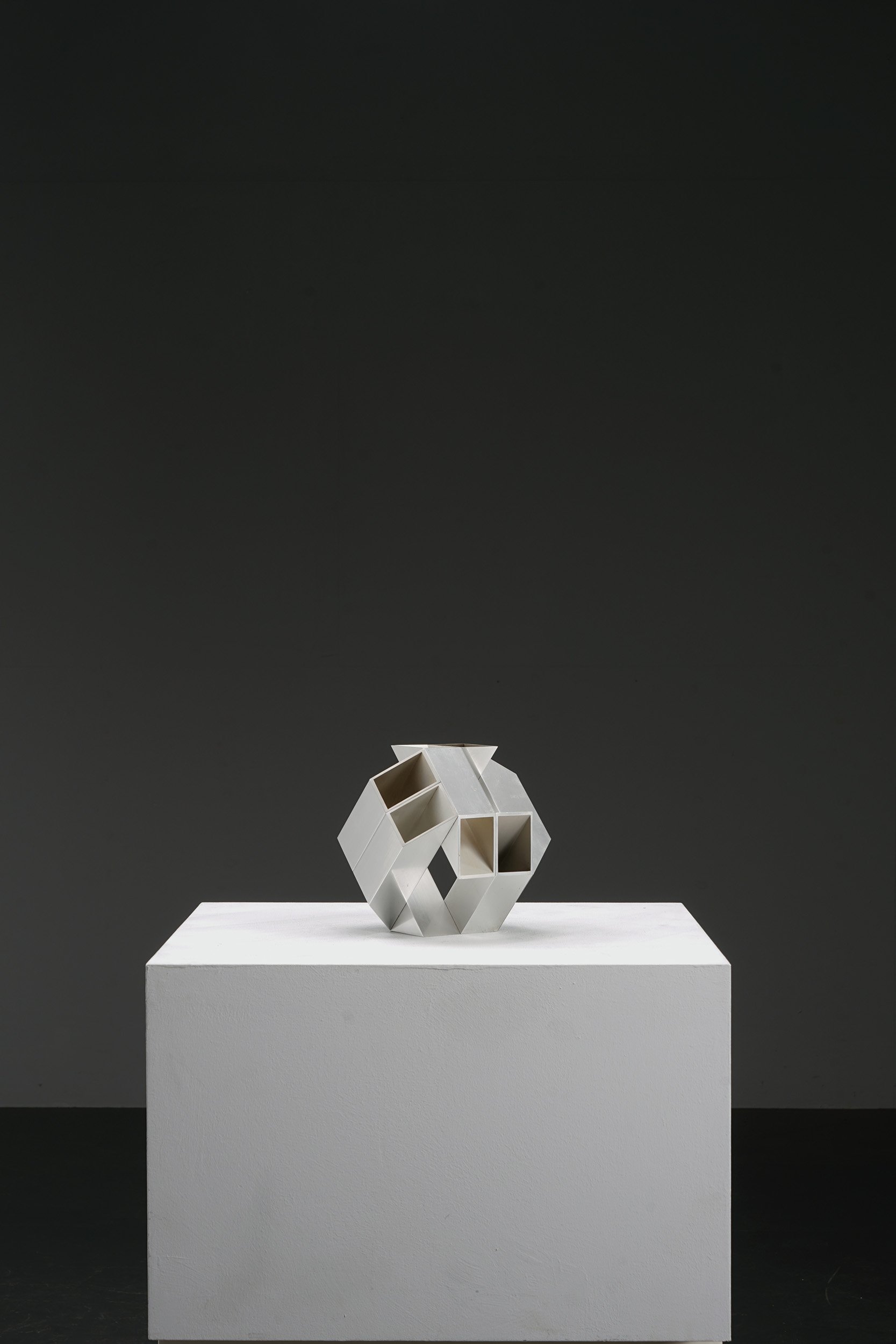 Image 2 of 13
Image 2 of 13

 Image 3 of 13
Image 3 of 13

 Image 4 of 13
Image 4 of 13

 Image 5 of 13
Image 5 of 13

 Image 6 of 13
Image 6 of 13

 Image 7 of 13
Image 7 of 13

 Image 8 of 13
Image 8 of 13

 Image 9 of 13
Image 9 of 13

 Image 10 of 13
Image 10 of 13

 Image 11 of 13
Image 11 of 13

 Image 12 of 13
Image 12 of 13

 Image 13 of 13
Image 13 of 13














1970s Geometric Abstract Sculpture by Margot Zanstra
Margot Zanstra (1919-2010)
period: 1970s
origin: The Netherlands
dimensions (cm): h20 x w20 x d20 cm
dimensions (inch): h7,87 x w7,87 x d7,87 in
material: steel
Female sculptor, Margot Zanstra, was originally a ballerina and choreographer. When she married Architect Piet Zanstra in 1964 at the age of 45, she decided to become an artist and dedicated herself to geometric sculpting.
Her work is widely recognised and many of her monumental large works are in the public domain.
She has won several awards and her work is held in museum collections.
Even though she never spoke about a relationship between her dancing and her sculptures, it is quite clear to the spectator where the rhythm and elegance in her sculptures must have been grounded in.
Margot Zanstra (1919-2010)
period: 1970s
origin: The Netherlands
dimensions (cm): h20 x w20 x d20 cm
dimensions (inch): h7,87 x w7,87 x d7,87 in
material: steel
Female sculptor, Margot Zanstra, was originally a ballerina and choreographer. When she married Architect Piet Zanstra in 1964 at the age of 45, she decided to become an artist and dedicated herself to geometric sculpting.
Her work is widely recognised and many of her monumental large works are in the public domain.
She has won several awards and her work is held in museum collections.
Even though she never spoke about a relationship between her dancing and her sculptures, it is quite clear to the spectator where the rhythm and elegance in her sculptures must have been grounded in.
Margot Zanstra (1919-2010)
period: 1970s
origin: The Netherlands
dimensions (cm): h20 x w20 x d20 cm
dimensions (inch): h7,87 x w7,87 x d7,87 in
material: steel
Female sculptor, Margot Zanstra, was originally a ballerina and choreographer. When she married Architect Piet Zanstra in 1964 at the age of 45, she decided to become an artist and dedicated herself to geometric sculpting.
Her work is widely recognised and many of her monumental large works are in the public domain.
She has won several awards and her work is held in museum collections.
Even though she never spoke about a relationship between her dancing and her sculptures, it is quite clear to the spectator where the rhythm and elegance in her sculptures must have been grounded in.





